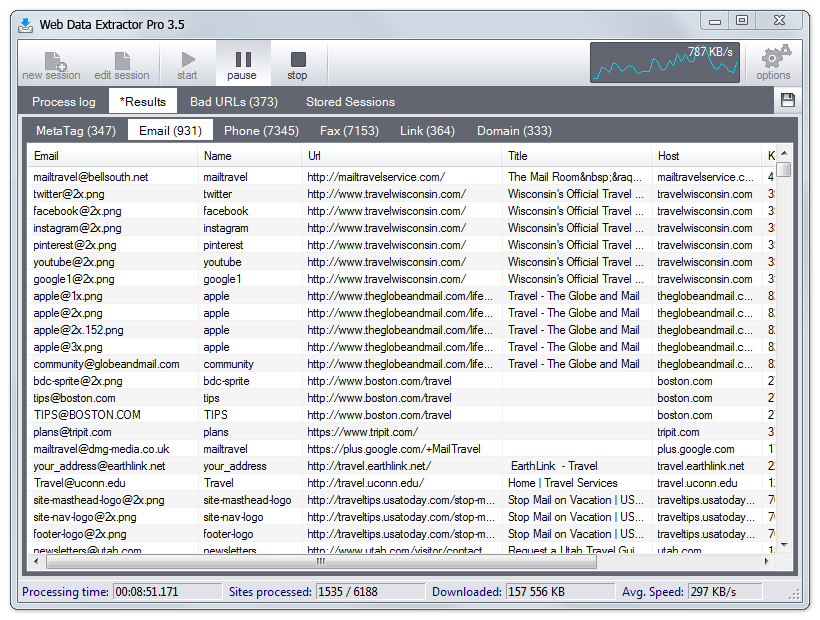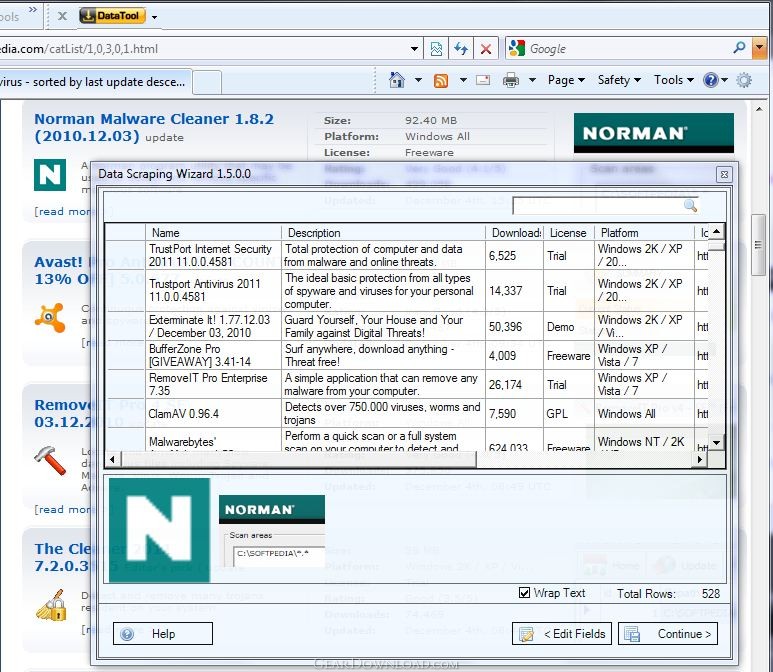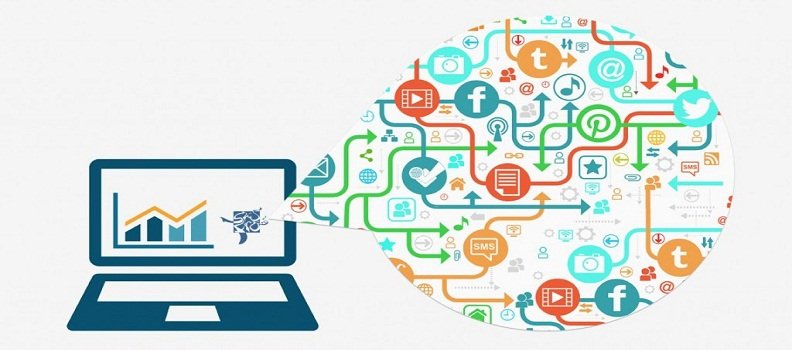
Consider your staff’s level of expertise.Map out where it will fit in your big data and analytics workflows, so that you understand what other tools it needs to integrate with. Make sure you understand exactly why you are looking for data extraction software and what features you need it to have. If you are in the market for data extraction software, keep these tips in mind: The list below focuses on tools whose primary purpose is data extraction, rather than more broad capabilities. These standalone tools sometimes offer better performance and can be more affordable if organizations don’t need the full capabilities of a more advanced data platform.

However, some organizations find it useful to have separate data extraction software. It’s worth noting that many data fabric and data management platforms also incorporate data extraction and data integration features. Over the years, most vendors have added more capabilities to their tools and now call them data integration and/or data pipeline tools, although the core capabilities remain the same. In the early days of data mining, many data extraction vendors marketed their products as ETL (short for extract, transform, load), or data migration tools. The most basic of these tools also transforms the data and load it into another system.


It is nearly impossible to purchase a tool that does only data extraction. That’s where data extraction software comes in. Organizations using advanced data analytics need a way to get data out of where it resides so that they can move it to a data warehouse or data lake. Why Should You Use Data Extraction Tools?


 0 kommentar(er)
0 kommentar(er)
